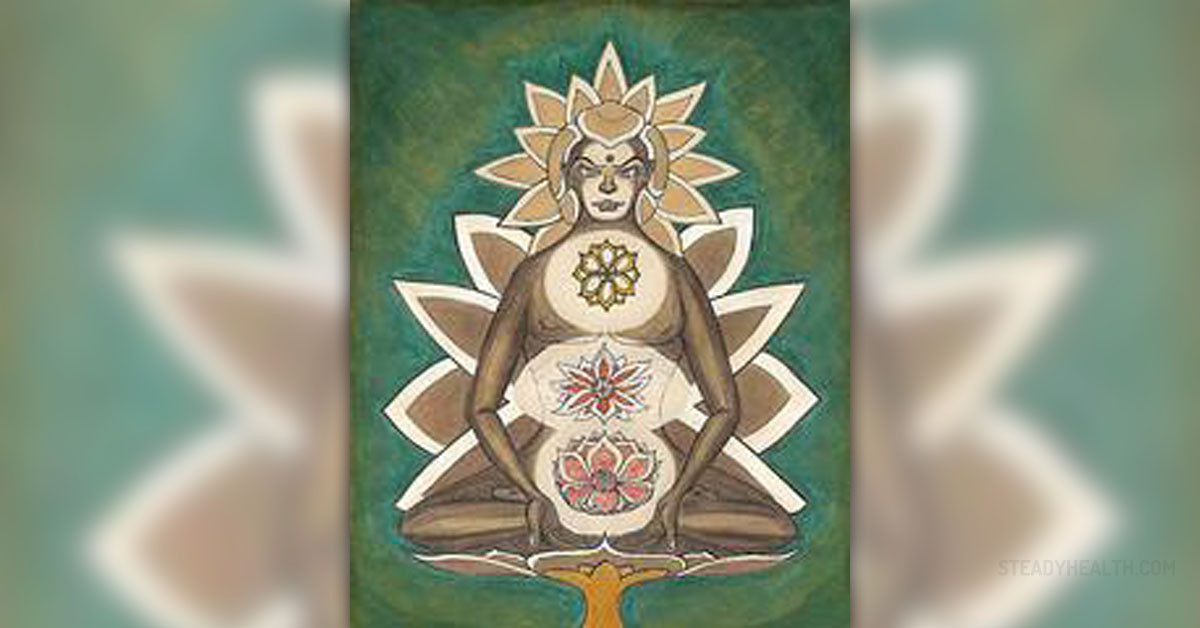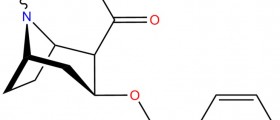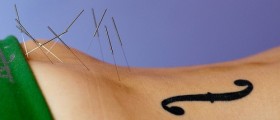
Chakras are typically associated with Hindu Yogic and Tantric (Shakta) traditions. They are usually described as the energy or force centrals, and focal points for reception and transmission of energies. Any kind of blockage in the chakras affects the person’s physical, mental and spiritual life, leading to many unpleasant and often painful experiences. According to the eastern practices, the chakras should be open to allow for the undisturbed flow of the energy. There are many different methods to open the chakras, and some of the most commonly used are kundalini yoga, mantra chanting, and even meditation.
Chakras of the human body
Different classification systems speak about a different number of chakras. The most commonly used system of the seven chakras, where chakras are described either flower-like or wheel-like. Each of the chakras has its petals that form around the perimeter of its core, or it is divided into segments that make it resemble a wheel. All systems agree that chakras form a part of a subtle energy body, and are commonly related with a mantra seed-syllable, and frequently with a diversity of colors and deities. The seven chakras are: Muldhara (Base or Root Chakra), Swadhisthana (Sacral Chakra), Manipura (Solar Plexus), Anahata (Heart Chakra), Vishuddha (Throat Chakra), Ajna (Brow or Third Eye Chakra), Sahasrara (Crown Chakra).
Anahata chakra
Anahata is the fourth primary chakra in the human body. It is also known as the heart chakra, and it carries a name driven from the Sanskrit language, meaning unhurt, un-struck and unbeaten. This chakra is situated just behind the spine in the heart region, between the two breasts.
Anahata chakra is typically depicted as a grey lotus flower with 12 petals. The center of the grey region is made from the intersection of two triangles. The intersection forms a hexagram known as shatkona, which is a symbol used in Hindu yantra to represent the unification of male and feminine form.
Anahata chakra has a very special place in the system of human’s energies. This chakra is typically described as a flame that burns inside of the heart. This chakra symbolizes the principle of the will, and is associates with the person's ability to make decisions. Following the heart, or making decisions, is actually based upon the higher self instead of the unfulfilled emotions and desires, which are entities of lower nature.
Anahata chakra is associated with compassion, love, empathy, and charity to others. Moreover, it constitutes a form of psychic healing. Meditation of this chakra calms the spirit, puts one’s senses and desires under control, and helps the person to become dearer towards the others.

















Your thoughts on this
Loading...